Car engines burn fuel to produce the energy needed to make the wheels turn, But with this come exhaust emissions that are harmful to both the environment and human health.
Regulations for controlling and limiting such emissions have existed since 1970, but the European Union didn’t standardise limits across Europe until 1992, with the introduction of Euro 1. Since then there have been five further iterations of the Euro emissions standards, each tougher than the last. The aim has been to improve air quality by cutting down on carbon monoxide (CO), nitrogen oxides (NOx), hydrocarbons (HC), and particulate matter (PM) emitted by new vehicles.
The emissions standards described below apply to all ‘light-duty vehicles’ (that’s passenger cars and small commercial vehicles, or vans to you and me), and are mandatory before new vehicles are signed off as legal, known as type approval. Since 1996, there have also been different limits for petrol and diesel engines, with the eventual result being the introduction of technology such as the diesel particulate filter (DPF). These rules are different to those tackling carbon dioxide/CO2 emissions.
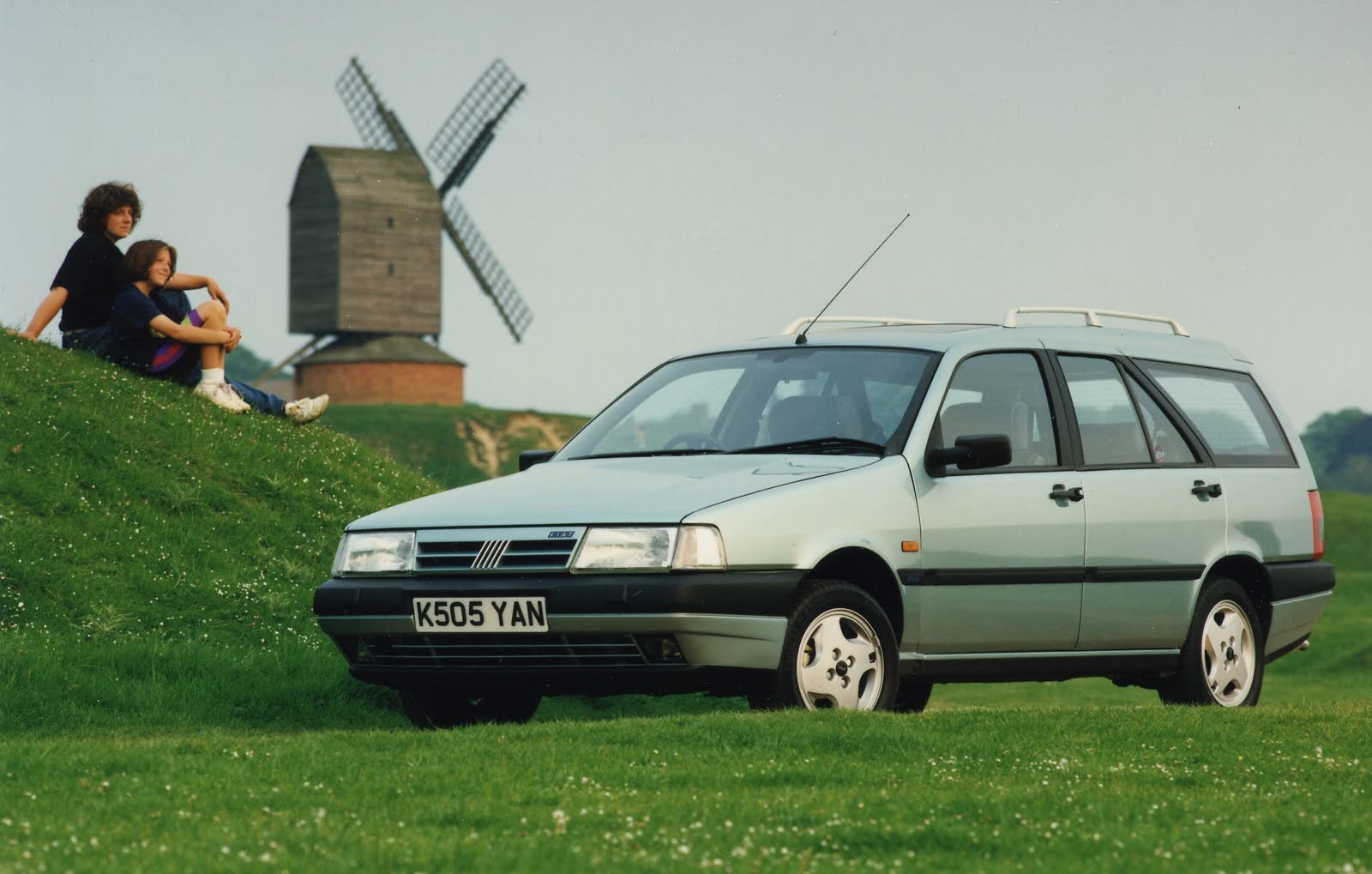
Euro 1
Euro 1 regulations, introduced in 1992, coincided with the mandatory fitment of catalytic converters to all cars offered for sale in Europe and required that all petrol engines be compatible with unleaded fuel. Diesel vehicles also needed to fall within a particulate matter limit.
Limits: CO: 2.72g/km | HC and NOx: 0.97g/km | PM (diesel only): 0.14g/km
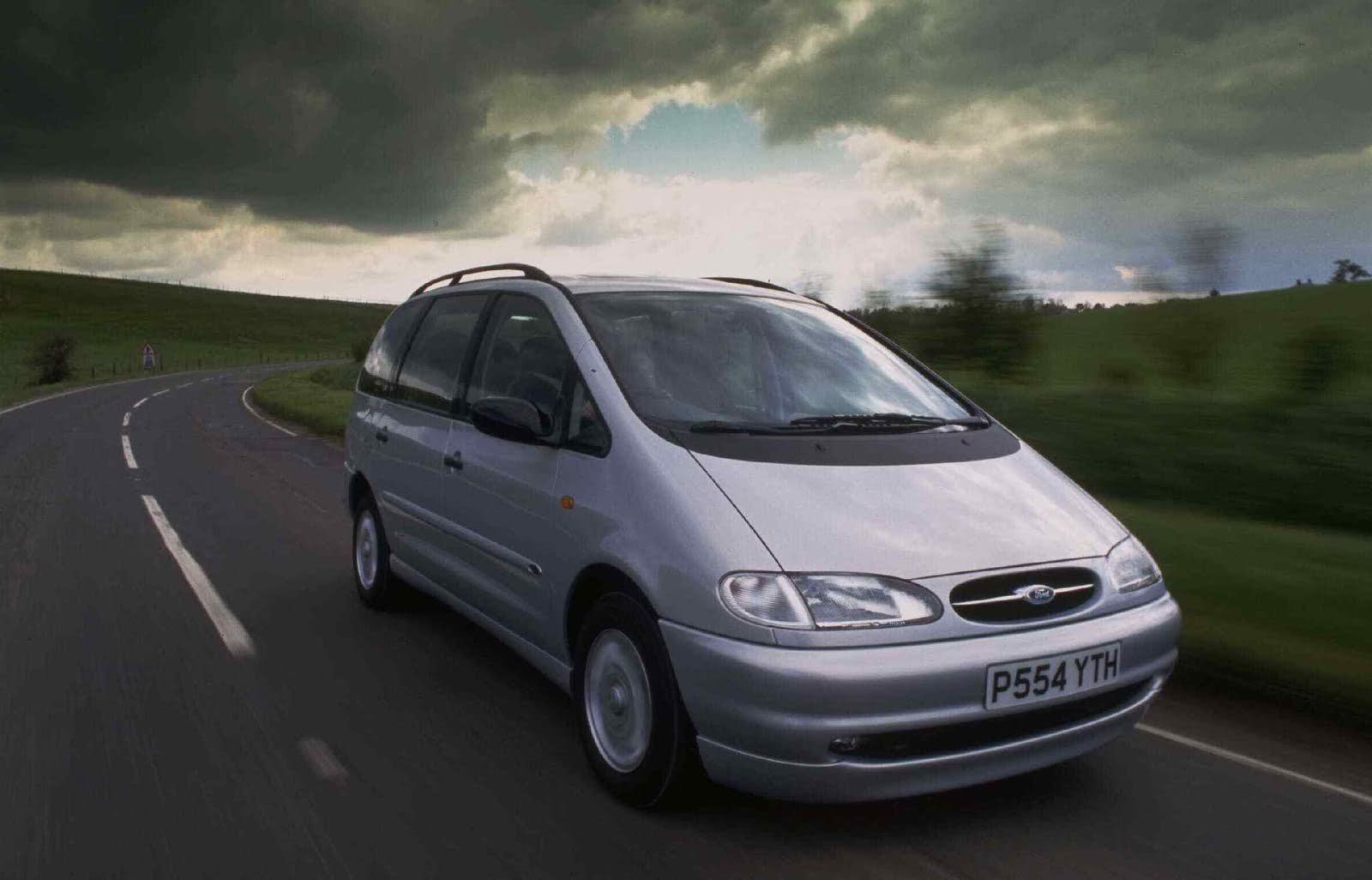
Euro 2
Euro 2 was rolled out in 1996 and set different emissions limits for petrol and diesel engines. The focus was to further reduce CO, although the allowable amount of unburnt HC and NOx was also decreased.
Limits (petrol): CO: 2.2g/km | HC and NOx: 0.5g/km
Limits (diesel): CO: 1.0g/km | HC and NOx: 0.7g/km | PM: 0.08g/km
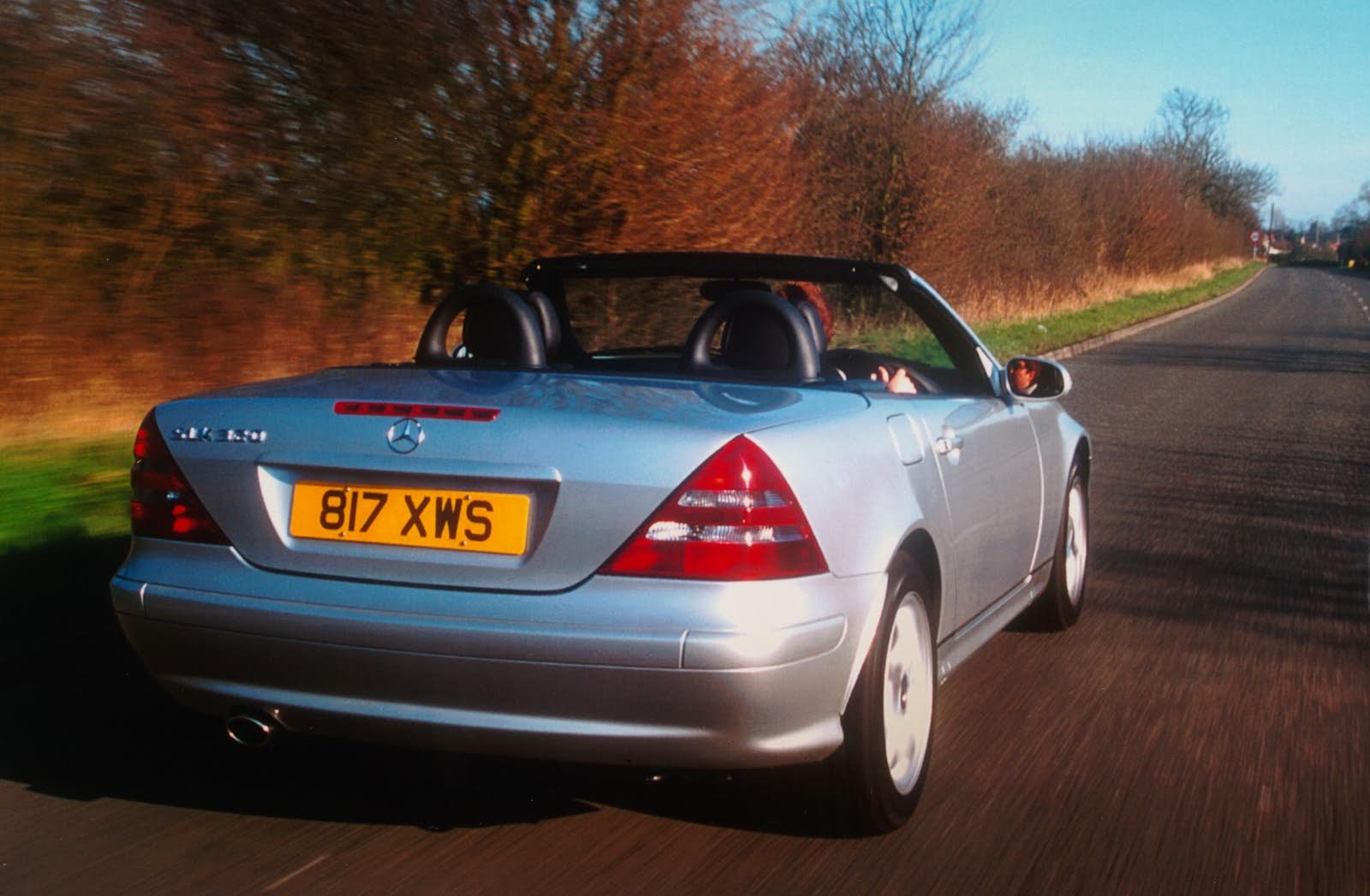
Euro 3
Until 2000, cars were permitted a warm-up period before undergoing testing. This was banned with the introduction of Euro 3, which also separated HC and NOx into separate limits for petrol vehicles and set a further NOx limit for diesels.
Limits (petrol): CO: 2.3g/km | HC: 0.2g/km | NOx: 0.15g/km
Limits (diesel): CO: 0.64g/km | HC and NOx: 0.56g/km | NOx: 0.50g/km | PM: 0.05g/km
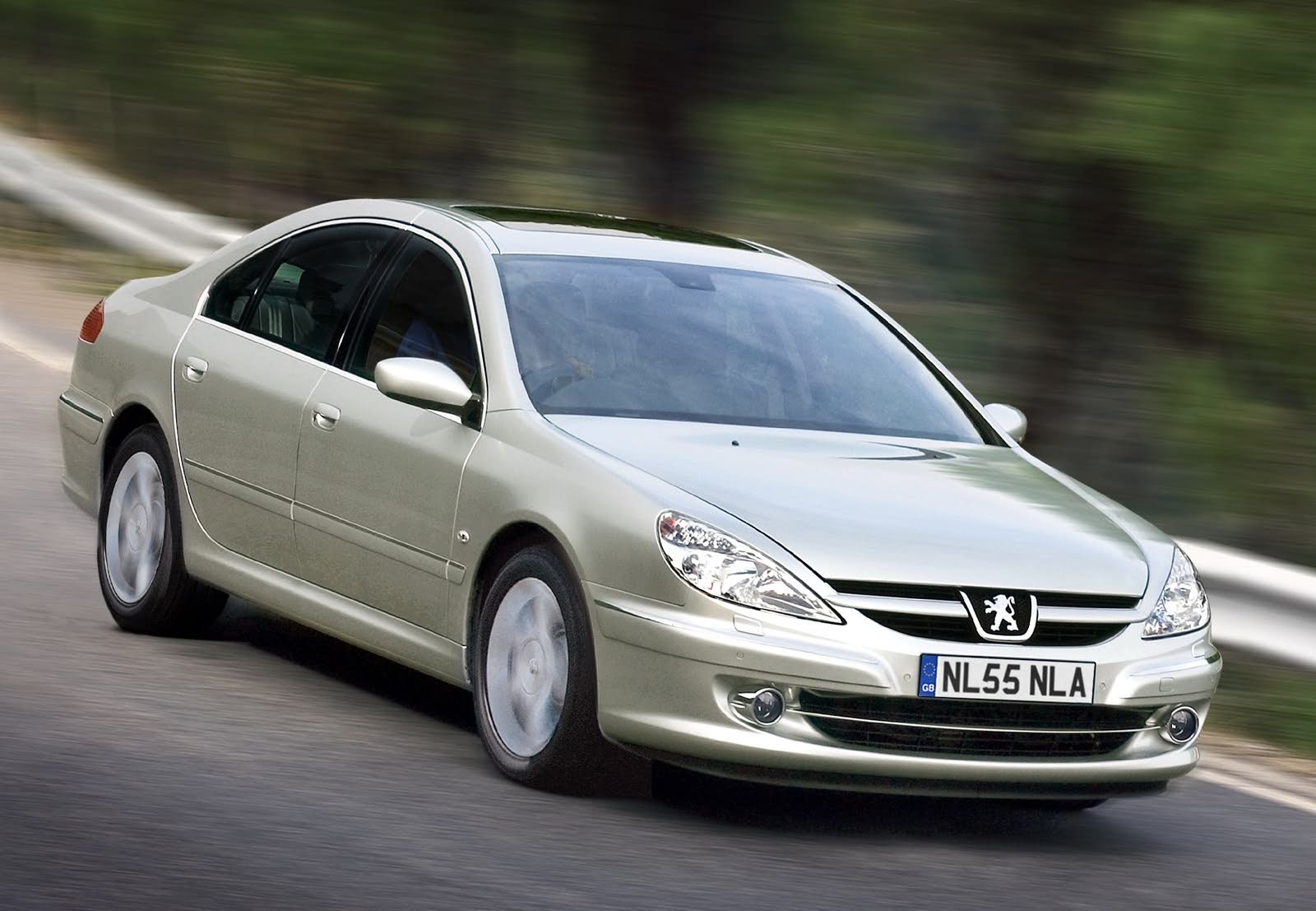
Euro 4
Introduced at the beginning of 2005, Euro 4 saw the first of what has been a sustained drive to drastically reduce NOx emissions from diesel cars. Specifically, Euro 4 dictated that certain cars be fitted with diesel particulate filters.
Limits (petrol): CO: 1.0g/km | HC: 0.10g/km | NOx: 0.08g/km
Limits (diesel): CO: 0.5g/km | HC and NOx: 0.3g/km | NOx: 0.35g/km | PM: 0.025g/km
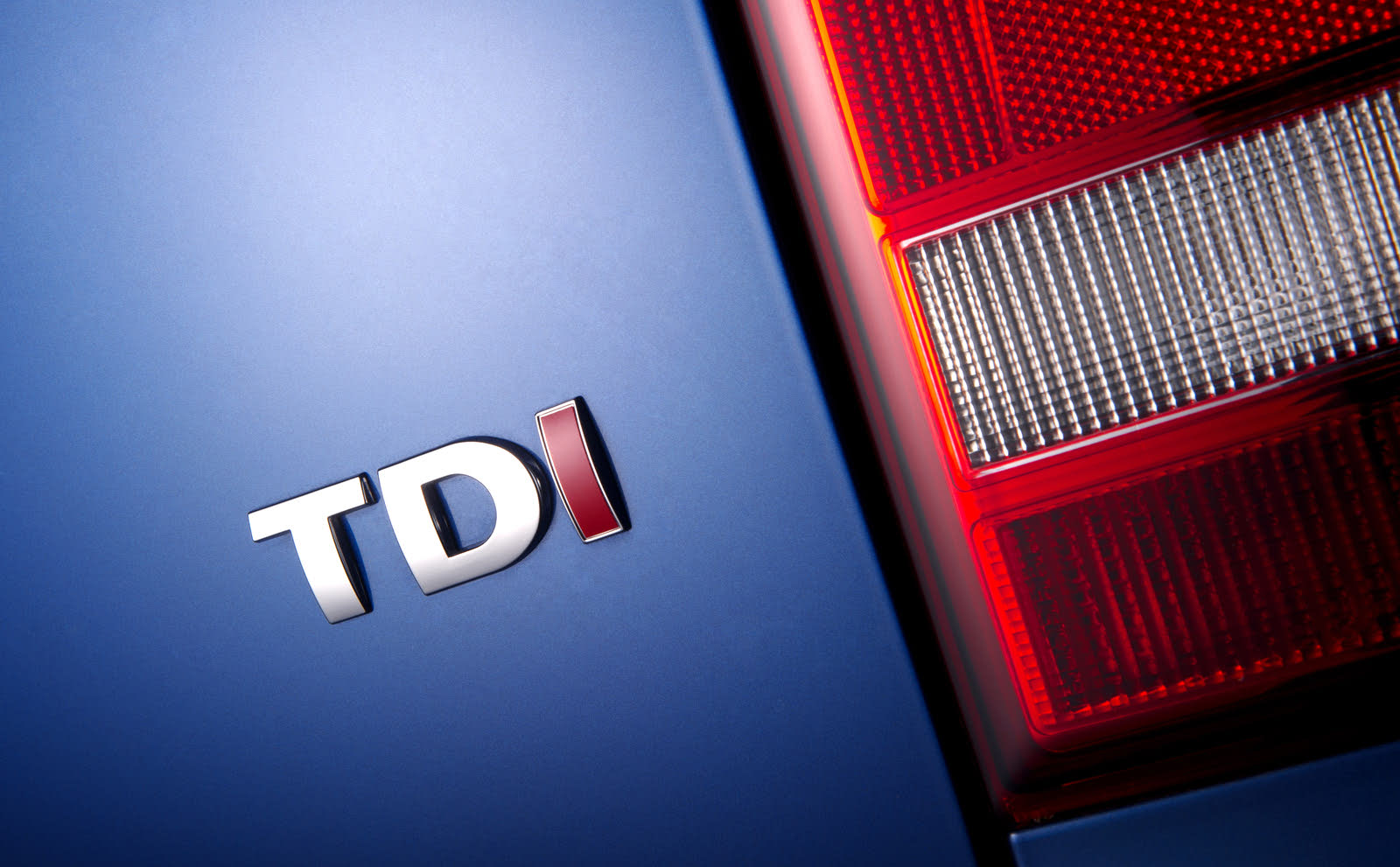
Euro 5
With the introduction of Euro 5 in 2009, diesel particulate filters became mandatory for all new diesel cars in a bid to further decrease NOx emissions. Those cars already on sale without a DPF could continue until January 2011 before being upgraded. For the first time, petrol cars were also required to adhere to a PM limit—but only if equipped with direct injection.
Limits (petrol): CO: 1.0g/km | HC: 0.10g/km | NOx: 0.06g/km | PM: 0.005g/km
Limits (diesel): CO: 0.50g/km | HC and NOx: 0.23g/km | NOx: 0.18g/km | PM: 0.005g/km
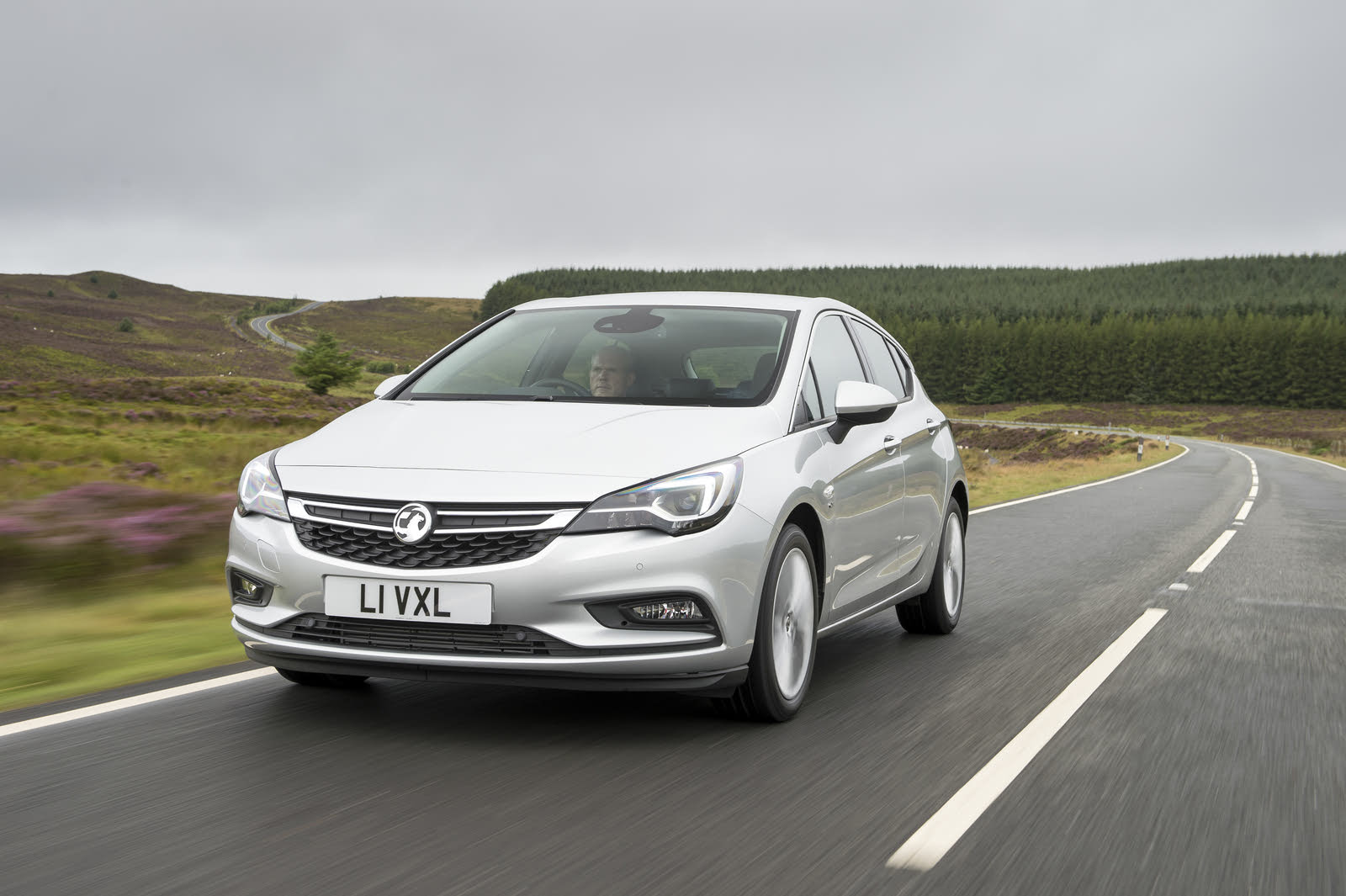
Euro 6
At present, all new cars must adhere to the Euro 6 emissions standard introduced in September 2014. Again, the primary focus was to further cut NOx emissions from diesel cars, to the extent that the limit is only marginally higher than that set for petrol cars.
Many car manufacturers have achieved this by using a Selective Catalytic Reduction (SCR) system, which treats the exhaust gases with a urea-based fluid such as AdBlue to break down NOx into harmless nitrogen and water. Another method of meeting Euro 6 is to use Exhaust Gas Recirculation, which takes some of the exhaust gases and reintroduces them into the intake. In doing so, combustion temperatures are lowered and less NOx (which requires high temperatures to form) is produced.
Limits (petrol): CO: 1.0g/km | HC: 0.10g/km | NOx: 0.06g/km | PM: 0.005g/km
Limits (diesel): CO: 0.5g/km | HC and NOx: 0.17g/km | NOx: 0.08g/km | PM: 0.005g/km
The Elephant in the Laboratory
As a result of these increasingly tough car emissions standards, the Society of Motor Manufacturers and Traders (SMMT) states that since 1993 CO emissions for petrol cars have fallen by 63%, while diesel engine CO emissions have dropped 82%. At the same time, PM from diesels has been reduced by 96%, and since 2001 NOx emissions from diesels have been reduced by 84%.
You might therefore be wondering what all the recent controversy regarding vehicle emissions has been about. After all, if cars are so much cleaner today than in years gone by, shouldn’t we be celebrating?
To a large extent, the answer has to be a resounding yes. However, critics have long pointed out that the way emissions are tested in a laboratory setting does not reflect real-world driving conditions. As such a car’s pollutant emissions on the road can often be far higher (and its fuel economy noticeably worse) than what is reported in laboratory tests. Coupled with revelations about some manufacturers fitting so-called ‘defeat devices’ to cheat the emissions test, the car industry and the test procedure itself have undergone widespread criticism.
To address this the EU has introduced a new test called WLTP, which is a much tougher way of measuring both fuel economy and vehicle emissions, and for the first time includes a Real Driving Emissions (RDE) cycle. The new test replaces the old NEDC testing procedure, and aims to reproduce driving conditions motorists experience on real roads, giving a more reliable indication of the kind of fuel economy and emissions a car produces in the real world.

What It Means to You
As a car owner (or buyer), these emissions standards are worth keeping in mind. Increasingly, there are signs that older and higher-polluting vehicles could become prohibitively expensive to run. For example, the London T-Charge hits drivers of pre-Euro 4 cars that enter the London Congestion Charging zone with an additional £10 per day fee on top of the standard charge of £11.50.
Older vehicles can also fall foul of regulations when it comes to driving in city centres in other European countries, thanks to new rules tackling air pollution, all of which might make you question whether you should be looking at petrol, diesel, hybrid or electric when choosing your next new car.
Related Topics:
How to Drive in Ice and Snow
How to Prepare Your Car for its MOT
Five Aftermarket Items Worth Buying
